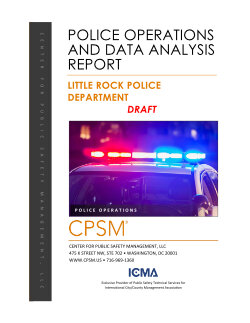By Michael Gennaco, Stephen Connolly and Julie Ruhlin
In the summer of 2019, Vallejo officials were responding to a time of transition for the City’s Police Department. The chief was newly retired, and the search for a new leader was underway against a backdrop of recent incidents – including fatal officer-involved shootings – that had prompted public concern and even demonstrations. It seemed as if a number of individual encounters were fitting all too well into larger, troubling narratives about American law enforcement: deadly force under disputed circumstances that affected minority subjects to a disproportionate extent, and strained relationships with residents that arose from and contributed to that reality while raising issues of trust and public confidence. Leadership within Vallejo’s city government decided that the time was right to take a step back and to assess the Department’s strengths, challenges, and opportunities in a new way. The City engaged an outside consultant to conduct this assessment.
This report is the product of that review. It was prepared by OIR Group, a team of private consultants that specializes in police practices and the civilian oversight of law enforcement. Since 2001, OIR Group has worked exclusively with government entities in a variety of contexts related to independent outside review of law enforcement, from investigation to monitoring to systems evaluation. Our members have provided oversight in jurisdictions throughout California, as well as in several other states.
Playa del Rey, CA: OIR Group, 2020. 74p.





















